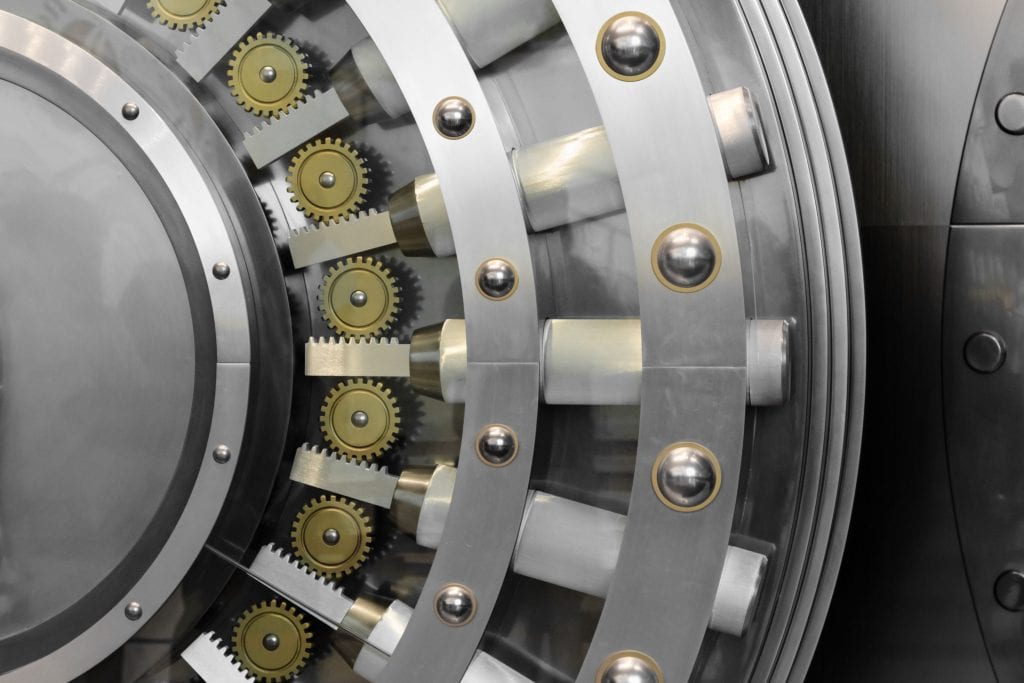Fintech (“finance” and “tech”) covers a wide range of solutions for banks, credit unions and financial industry organizations. It’s an area of interest that leverages software and hardware to simplify consumer access to money or streamline work process for financial professionals. Rising to the top for financial technologists in the past year, though, have been issues of fraud and security, as we all head into the increasingly deeper waters of the Internet of Things.
Online fraud has been a concern since the ‘90s, but the science of fraud detection and prevention has evolved manifold since then, because the Internet now has touchpoints in every aspect of business and professional life. Electronic transactions are integrated into our phones, computers and other devices, and they connect into multiple accounts and to each other.
According to the Global Fraud Attack Index for the fourth quarter of 2016, fraud attacks were up 62 percent from the report for third quarter 2015. Global Credit card and debit card fraud resulted in losses amounting to $21.84 billion during 2015.The ramifications grow even more serious when you consider that legitimate transactions are wrongly-declined at a much higher rate than actual credit and debit card fraud, resulting in bad feelings for the consumer and lost revenue for the merchant.
Security concerns are high because the digital age has so many points of entry for hackers. From a technology standpoint, the institutional financial industry is in many ways behind the curve. Yet, the fintech industry is rushing to correct this. The following areas are some of the ways fintech’s smartest minds are protecting your accounts against fraud.
Merchants
Fintech is moving past simple card-swipe transactions for merchants. Biometrics is looking like the wave of the future, and industry observers think it will be mainstream by 2020. Biometrics prevents fraud by creating an authentication step tied to retinal data, a thumbprint scan and other personal physiology. Smartphones can act as the interface for such biometrics, ushering in a new wave of fraud prevention.
Consumers
Fraud prevention can stem from financial institutions giving consumers their own customizable tools for transactions and reporting. People now have banking apps on their phones, for example. These apps provide real-time notifications of transactions. If an unauthorized purchase or transfer has been made, such an app can allow the account holder to know right away. By opening the power of individual reporting and analysis, information can be at the fingertips of consumers. That capability is the strongest available protection against fraud protection.
Financial Institutions
In the era of big data, numbers help predict spending patterns, usage behavior and other trends. This is particularly useful to identify the predictable behavior of a user and highlighting unexpected behaviors to a financial institution’s fraud prevention team. This can cover transaction date or time, location, store or specific products. This technology allows a fraud detection system to learn behaviors and assess them over time: The longer the customer relationship, the more expansive the data becomes and the more predictive it can be.
Other fintech measures for fraud prevention range in size and scope. They can cover both software, process and hardware:
● Software: Applications are being developed to maximize transaction processing while minimizing risks. A company like CyberRein and its Assayer software uses shifting transaction protections, reducing security risks by making it nearly impossible for hackers to pose as someone else.
● Processes: Ways are being explored to secure all points in purchasing processes. This includes partnering with organizations such as G2 Web Services, which monitors online merchants for fraudulent websites.
● Hardware: Platforms for transaction databases can process more data faster, enabling machine learning that is more predictive and accurate in identifying fraud.
A More Secure Future
The digital age has brought us into a world where money is earned but never physically seen. With the Internet of Things, that means that every connected device is a convenient consumer access point and a point of vulnerability for hackers.
The efficacy of fintech innovation is dependent upon thought leadership at the institutions it was developed to serve. For fintech solutions to be successful across a broad consumer base, they must be implemented widely. The only way that happens is if major banks and credit unions are on board.
The spotlight is on the financial industry’s leaders to connect with fintech innovators and embrace new technology. Without implementation and integration, security evolution will stall. Cyber criminals, on the other hand, never stop pushing their own tech forward. Embracing fintech isn’t just a path to the cutting edge, it’s a necessary commitment to financial stability.
About the Author
Todd Clark is president and CEO of CO-OP Financial Services (www.co-opfs.org), based in Rancho Cucamonga, California, a payments and financial technology company serving credit unions.
